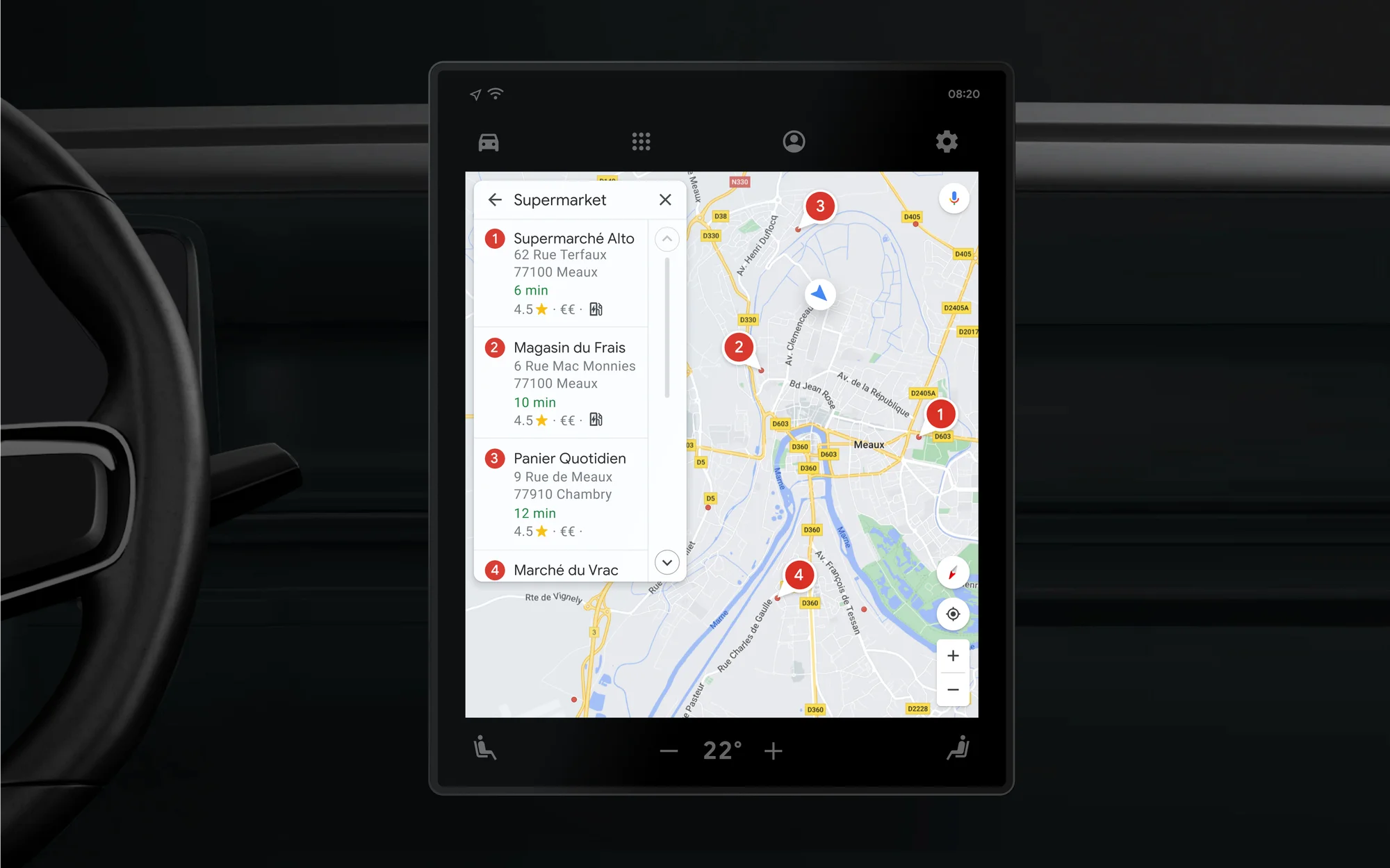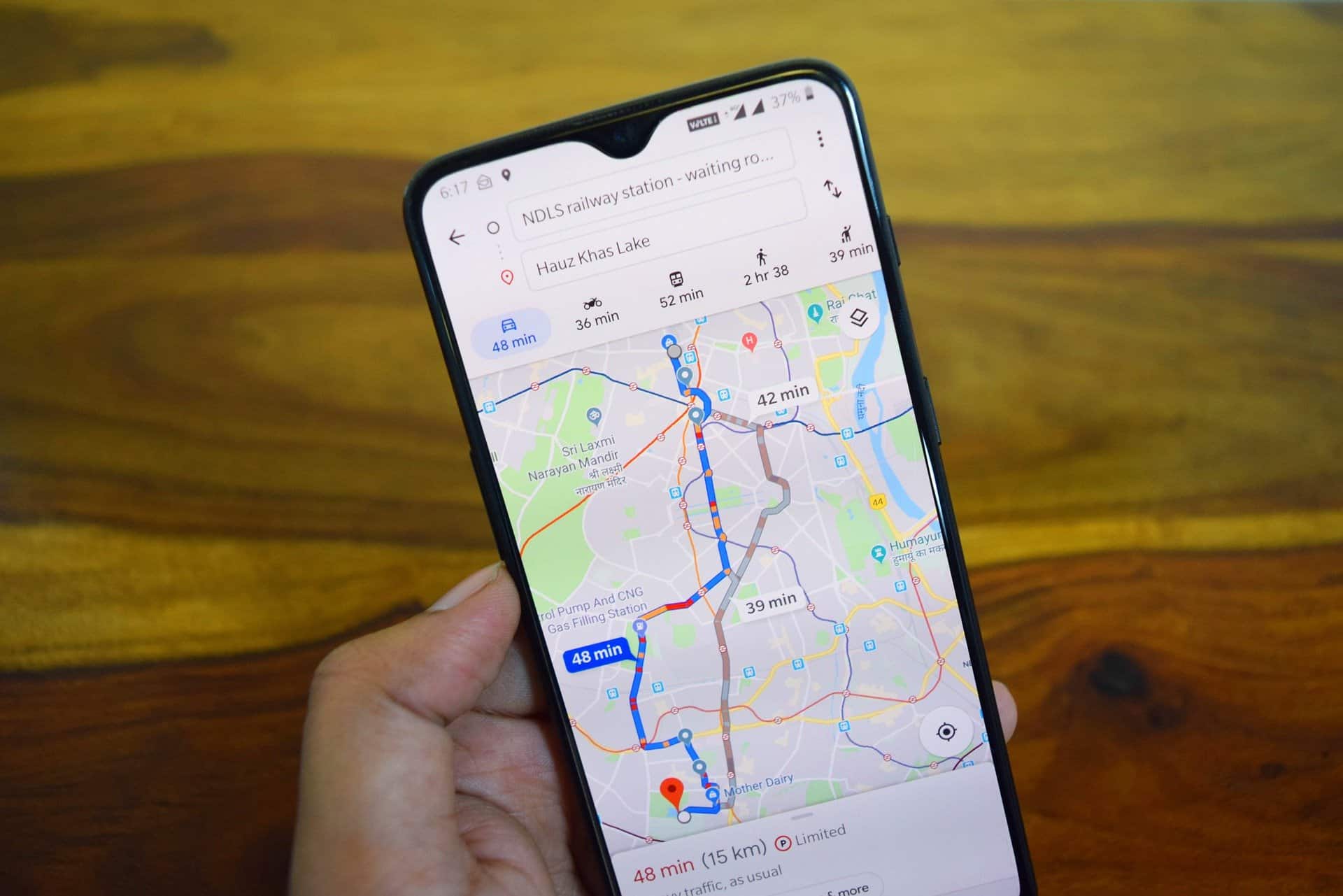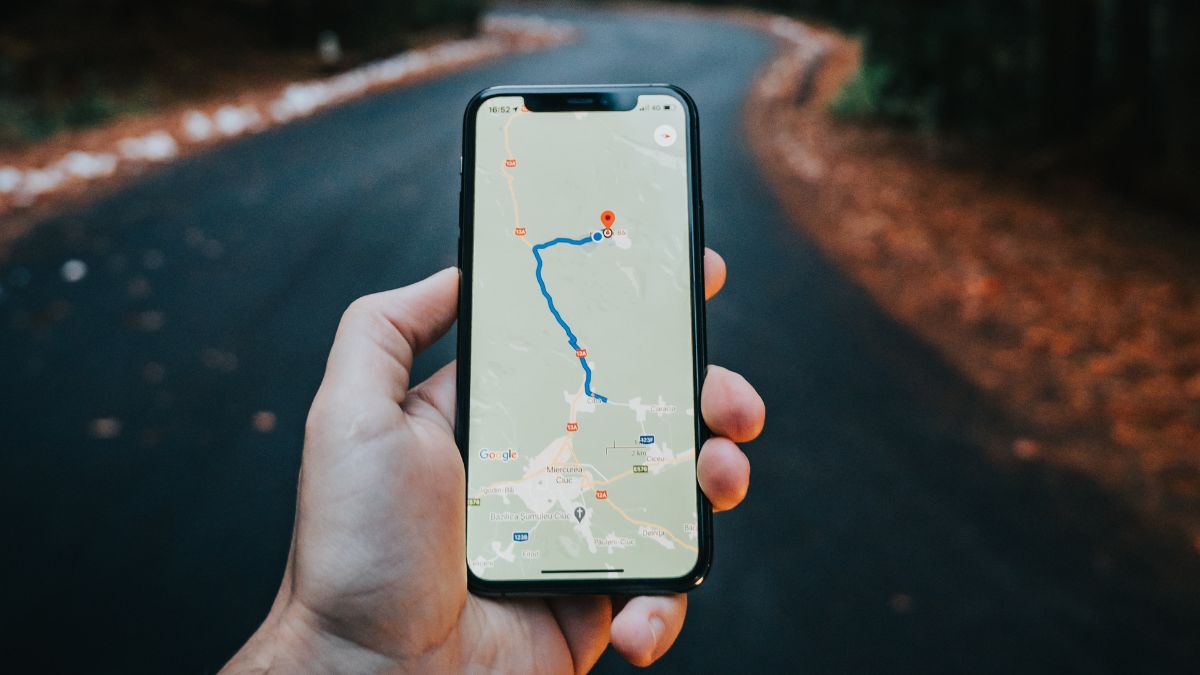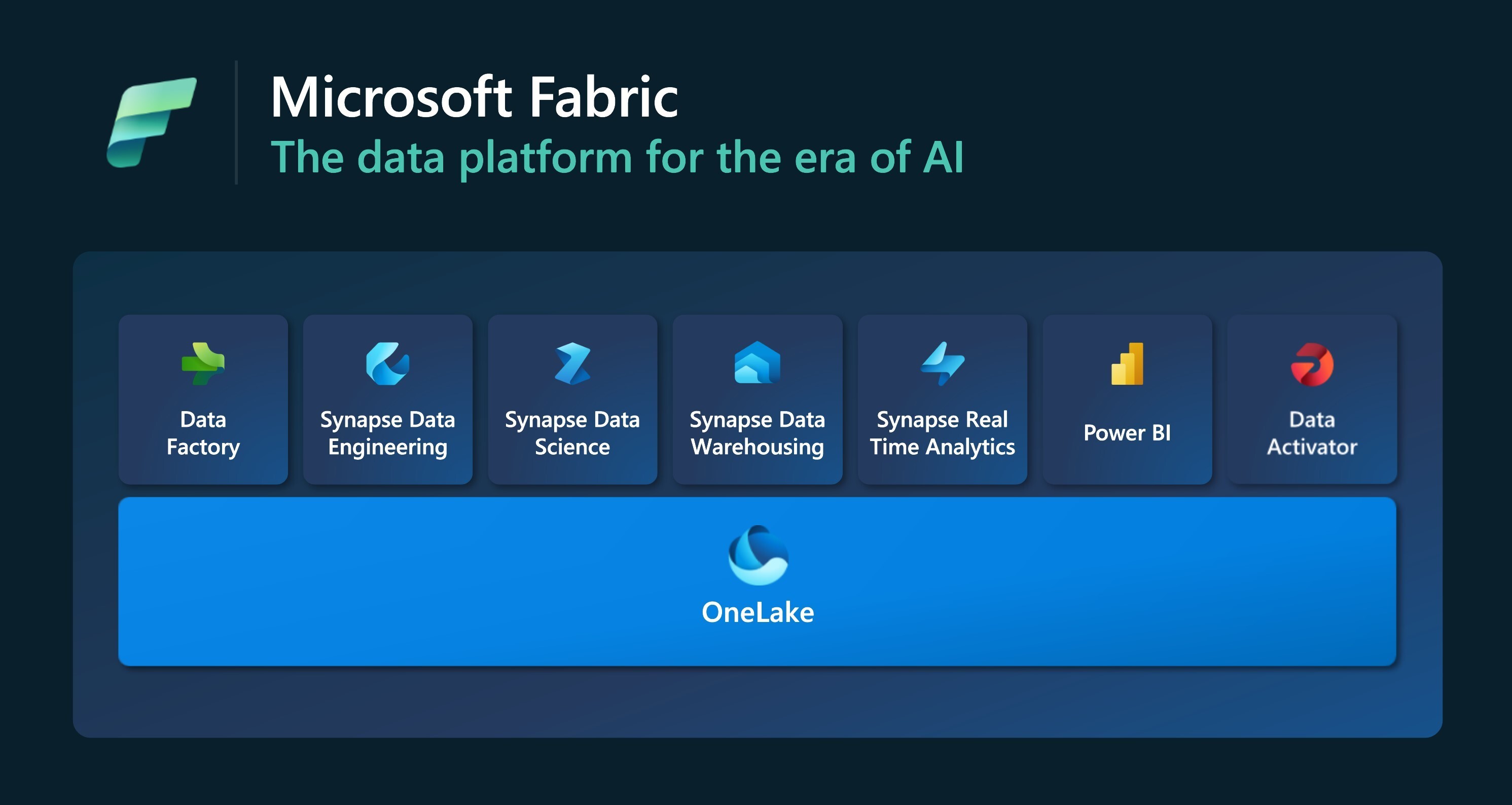Google has announced a range of new updates for its flagship navigation app, Google Maps. The updates include several AI-powered features that aim to improve the search experience, enhance navigation, and provide more information to users. With these updates, Google aims to make it easier for users to find specific items near them, explore their surroundings, and reach their destinations hassle-free.
Key Takeaway
Google Maps is introducing a range of new updates, including AI-powered search enhancements and an improved navigation interface. These updates aim to make it easier for users to find specific items, explore their surroundings, and reach their destinations. Additionally, features such as enhanced EV charging information, increased availability of AI-powered features in more cities, and accurate speed limit information provide added convenience and safety for users around the world.
AI-Powered Search Updates
Google is introducing AI-powered search updates to make it simpler to find specific items near you. By leveraging AI and advanced image recognition models, Google will display photo results based on user-shared images on Google Maps. For instance, if you search for “animal latte art,” you will be presented with photo results of coffee shops that offer this unique experience. By offering visual cues, Google intends to help users discover new places that cater to their specific interests.
This new way of searching in Maps will be initially available in France, Germany, Japan, the U.K., and the U.S., with plans for expansion to more countries in the future.
Improved Search Results and Recommendations
In an effort to assist users with free time but no specific plans, Google will provide better-organized search results about nearby attractions and activities. For instance, if you search for “things to do” while in Tokyo, you will receive place suggestions such as “anime,” “cherry blossoms,” or “art exhibitions.” Users can then tap on these suggestions to navigate to the locations or save them for later. This update, aimed at helping users find activities and dining options, will be available globally on Android and iOS in the coming weeks.
Enhanced Navigation Interface
To provide a more accurate and immersive navigation experience, Google Maps will feature a more realistic representation of buildings, particularly in urban areas. This enhancement will enable drivers to orient themselves more easily while driving downtown. Additionally, there will be improved lane details on highways, which will be especially helpful when drivers need to change lanes rapidly to catch an exit. These updates will be rolled out progressively in the coming months across 12 countries, including the U.S., Canada, France, and Germany.
Additional Features for EV Drivers
In response to the growing electric vehicle (EV) market, Google is adding valuable information for EV drivers. Users on Android and iOS will soon be able to see specific details about charging stations on their map. This information will include compatibility with the user’s vehicle and the charging speed (fast, medium, or slow). Users will also have access to the last usage data, ensuring that they do not encounter broken chargers.
Furthermore, Google is expanding its AI-powered speed limit information to 20 European countries, providing real-time updates to drivers. In the U.S., drivers will also be able to identify High Occupancy Vehicle (HOV) lanes along their route. Both features will be rolled out on Android, iOS, and cars with Google Built-in in the coming months.
Expanding AI Features to More Cities
Google is expanding its current AI-powered features to more cities worldwide. Immersive View for Routes, which allows users to preview their journey through augmented reality, will be available in cities such as Amsterdam, Barcelona, London, New York, Paris, and Tokyo, among others.
Additionally, Lens in Maps, previously known as Search with Live View, will be introduced in over 50 new cities, including Austin, Las Vegas, Rome, São Paulo, and Taipei. This feature combines AI and augmented reality to provide users with information about nearby ATMs, transit stations, restaurants, and more.
























